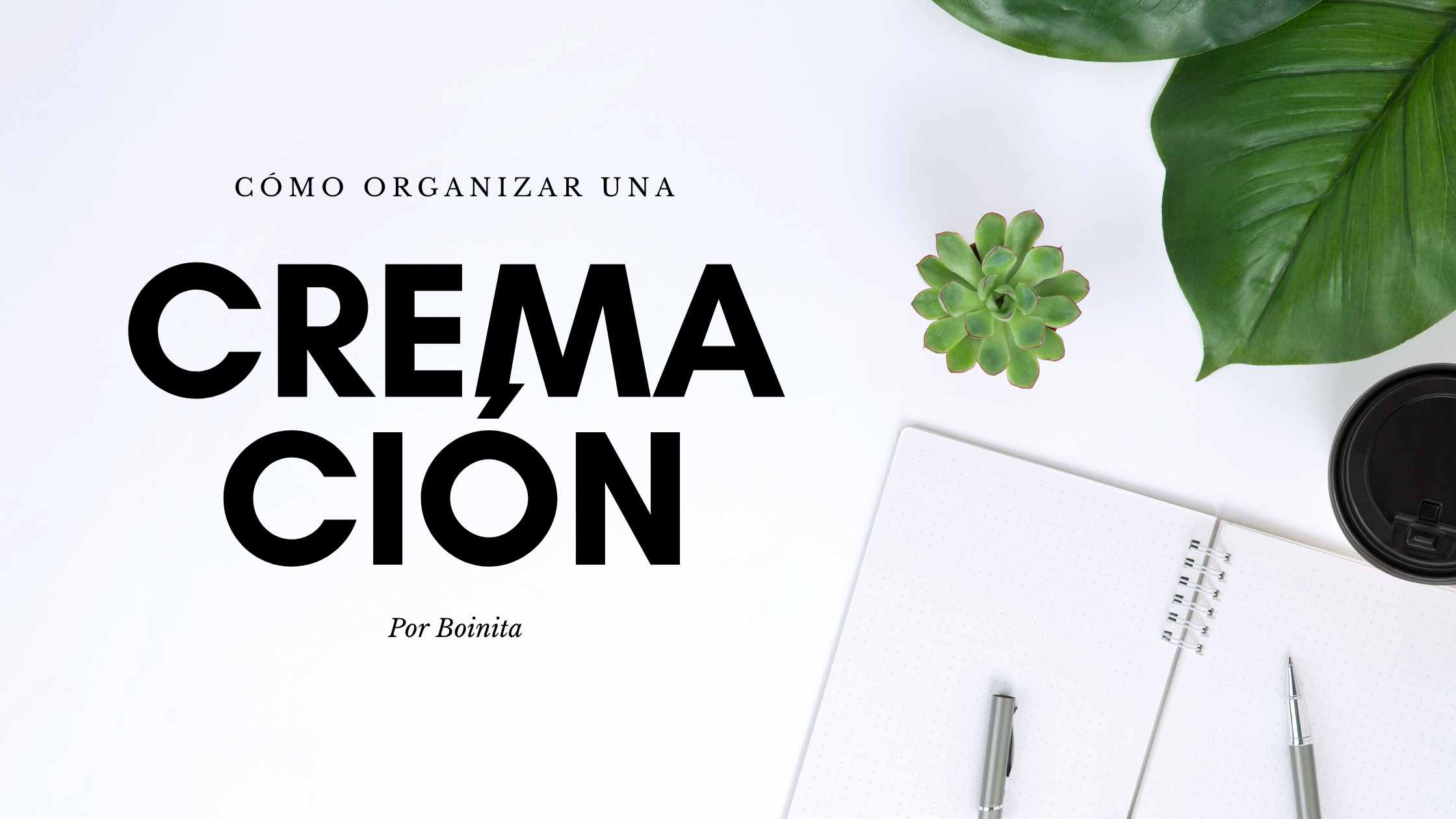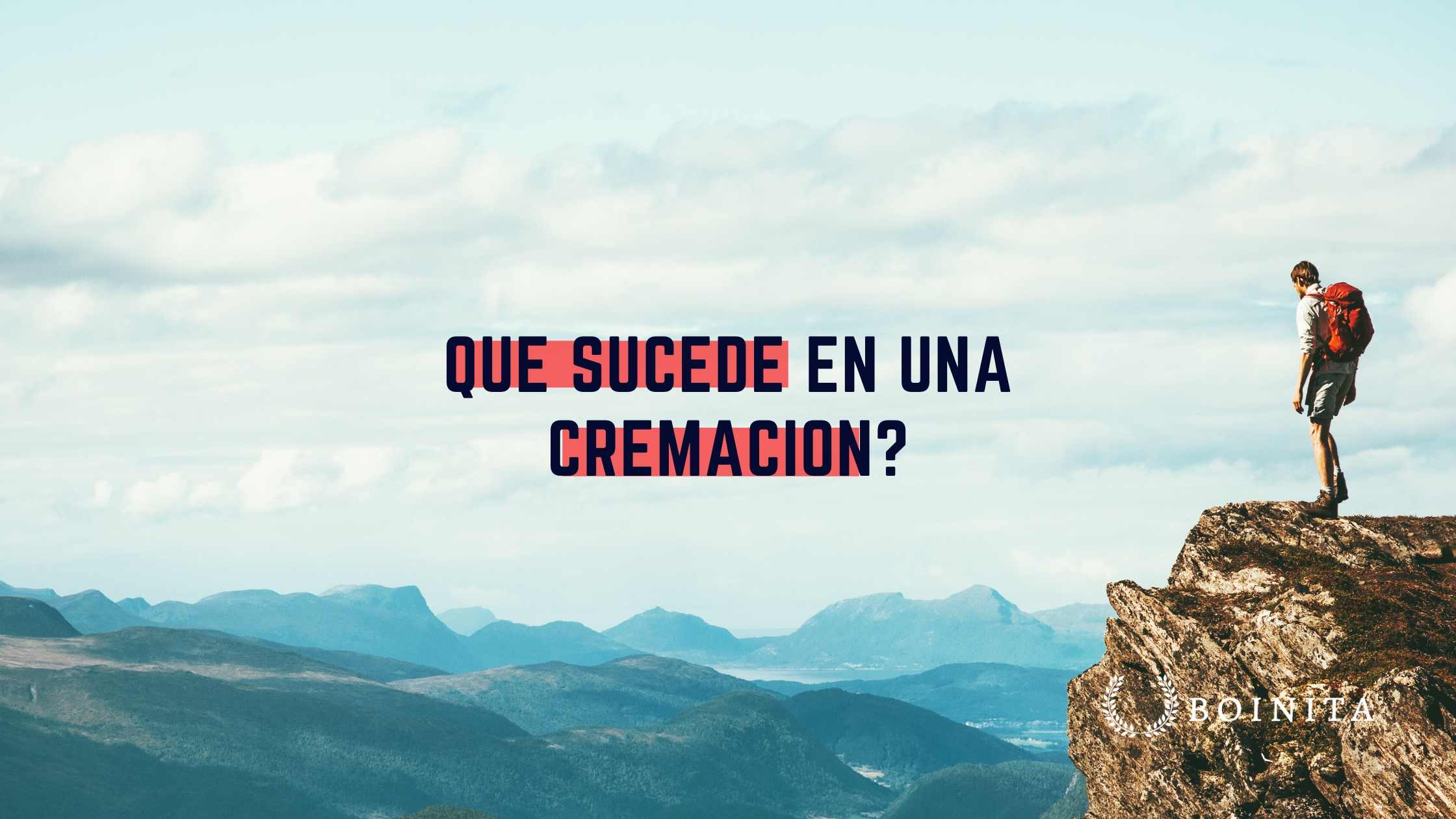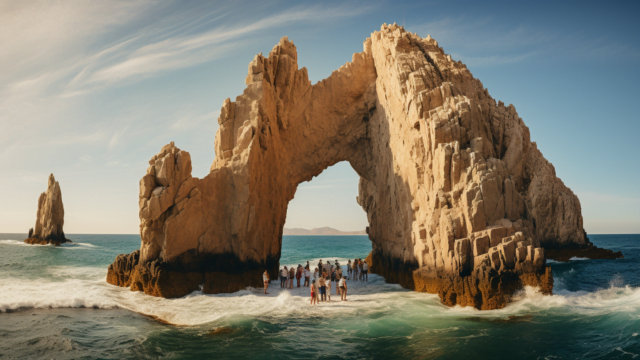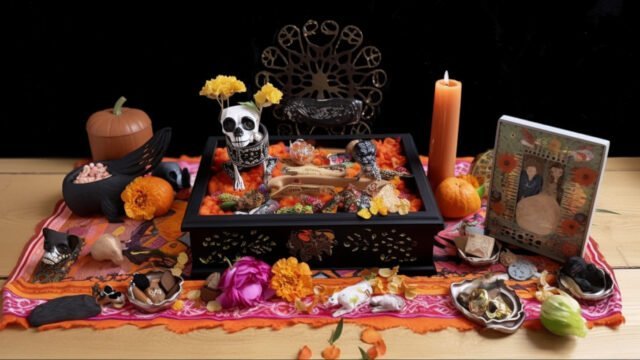What happens in a cremation? The cremation process explained
About 70% of all funerals in Mexico involve cremation, but until you attend one, the cremation process can seem a bit mysterious. But it doesn’t have to be that way.
Whether you are arranging a funeral with a cremation, attending one as a guest or just curious about how it works, this guide will explain what happens at a cremation and how the cremation process works, covering:
- What is cremation?
- What happens in a cremation service?
- What happens during the cremation process?
- How is a cremation organized and how much does it cost?
What is cremation?
Cremation is a process that transforms the remains of a person who has died into “ashes” using intense heat. These ashes are, in fact, small bone fragments. Once cremation is completed, the ashes are returned to the family of the person who has died.
The machine used to cremate bodies is called a crematory furnace. The place where cremations take place is called a crematorium.
What happens in a cremation service?
If you haven’t attended a funeral with a cremation before, you may be wondering what to expect: how long does a cremation service take and what do guests need to know?
Did you know? A cremation without a funeral service is called a “direct cremation”. This costs much less than a standard cremation. You can get more information about direct cremation in San Luis Potosi here to arrange it with Boinita, where the single price is $ 6,499 pesos.
What happens during the cremation process?
The cremation itself usually occurs on the day of death. So how exactly does cremation work? We have put together some frequently asked questions about the process to help you.
How is a body prepared for cremation?
After the funeral home has picked up the deceased, they will keep the deceased in a cool, temperature-controlled room at the funeral home. Embalming is not required for cremation, although some families request it.
Before the funeral, the person who has died will be washed and dressed in the clothing chosen by his or her family. Jewelry may be worn, but it is advised that anything of sentimental value be removed prior to the actual cremation.
Funeral directors always remove clocks, as the batteries can explode in the crematory. For the same reason, pacemakers and other medical devices should be removed prior to cremation.
What can you put in a casket for cremation?
Cards, letters and photographs are usually fine, but it is best to ask the crematory about any other items.
Synthetic clothing, rubber-soled shoes and stuffed animals are generally not allowed, as well as hollow items such as bottles, exploding containers. Battery-operated items, such as cell phones, should also be removed from the casket prior to cremation.
What happens during the actual cremation? How long does cremation take?
Before cremation takes place, the cremation chamber is heated to about 870-980 ºC (870-980 ºF).
The coffin is then placed in the chamber, where it is lit by a column of flames.
Cremation lasts approximately three to four hours, after which only bone fragments remain. These are left to cool for about 30 minutes.
A powerful magnet is then used to extract metal fragments from the ashes.
A type of grinder called a creminator is then used to convert the bone fragments into a fine grayish-white powder.
The ashes are placed in a container called an urn and given to the family.
Do you have to have a casket for cremation?
Depends on the crematorium. Many crematories require a casket, as this makes it much easier to place the body in the crematory. Others do not require it and place the body on a flat board.
What happens to the casket during the cremation process?
The casket will be cremated along with the person who has died. During the cremation process, the casket will be burned first, leaving only small traces.
Can the family observe the cremation process?
This will depend on the crematory, but many will allow one or two family members to observe the cremation. Currently, in times of COVID-19, entry to crematories is not allowed by government orders, in order to avoid contagions.
Do you ever cremate more than one person at a time?
No: human cremators can only take one casket at a time, so all cremations are performed separately. The crematory could make exceptions in special circumstances, such as if the family had asked if a mother and baby could be cremated together.
How long after cremation will you get the ashes?
The ashes will usually be ready for collection approximately one day after death. If the family has not chosen a specific urn for the ashes, they will come in a simple container.
Who gets the ashes after cremation?
The funeral home will generally pick up the ashes from the crematory on behalf of the family and then deliver them along with the Certificate of Cremation.
Many people wonder who has the rights to the ashes after cremation. The crematory will generally return the ashes to the family member named on the cremation form or to the funeral director. If you are collecting the ashes yourself, it is important to bring a form of official identification.
Not sure what to do with the ashes after a cremation? Here are some ideas from our blog Boinita.

How to organize a cremation
If you wish to arrange a cremation, your first step is to find a good service.
How much does cremation cost?
The average cost of a funeral with cremation is around $25,000 pesos. This is much less than the burial, which generally costs around $34,000 pesos.
A direct cremation, where there is no funeral service, is even less. Reaching around $6,499 pesos at Boinita.
What documentation is needed for the cremation process to continue?
- Medical certificate of death. It must be issued by a physician, either the one who was treating the deceased, or another physician at the hospital who confirms the death. In case you do not have a physician to issue it, Boinita can send one at an additional cost ($1,400 pesos).
- Official identification of the deceased. Copy of INE credential, passport or official identity document.
- Birth certificate (true copy of the book or electronic).
- Marriage certificate in case the deceased is married (Copy).
- Official identification of the person who will be responsible for the service. Original and copy.
Remember that Boinita is a Simple Cremation Service without a Funeral Service with the guarantee of the best price and service.

At Boinita we can take care of the cremation of your loved one. Then, once we have returned the ashes to you, you can arrange a simple memorial service that is perfect for you and your family.
For more information about our service go to http://boinita.com
Boinita offers Single Cremation services without a Funeral Service, with a fixed price and 24-7 customer service. Boinita is located in the metropolitan areas of Aguascalientes, Cancun, Hermosillo, Merida and San Luis Potosi.
In Pet Cremation Services we are located in the cities of Aguascalientes, Cancun, Chihuahua, Ciudad Juarez, Leon, Merida, Puebla, San Luis Potosi, Tijuana and Toluca.









